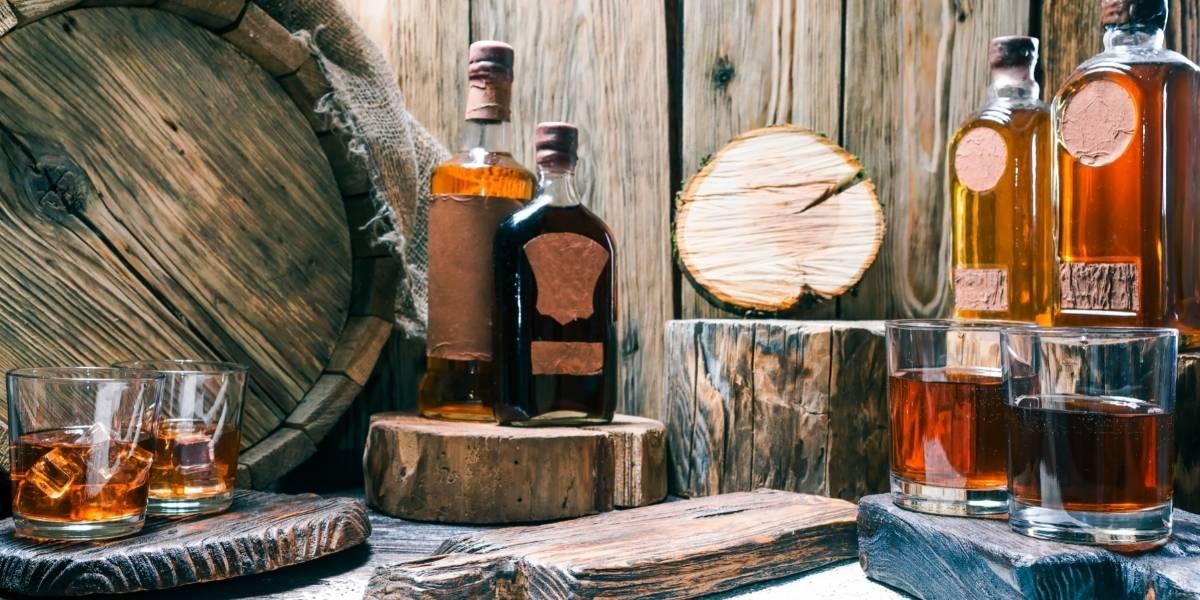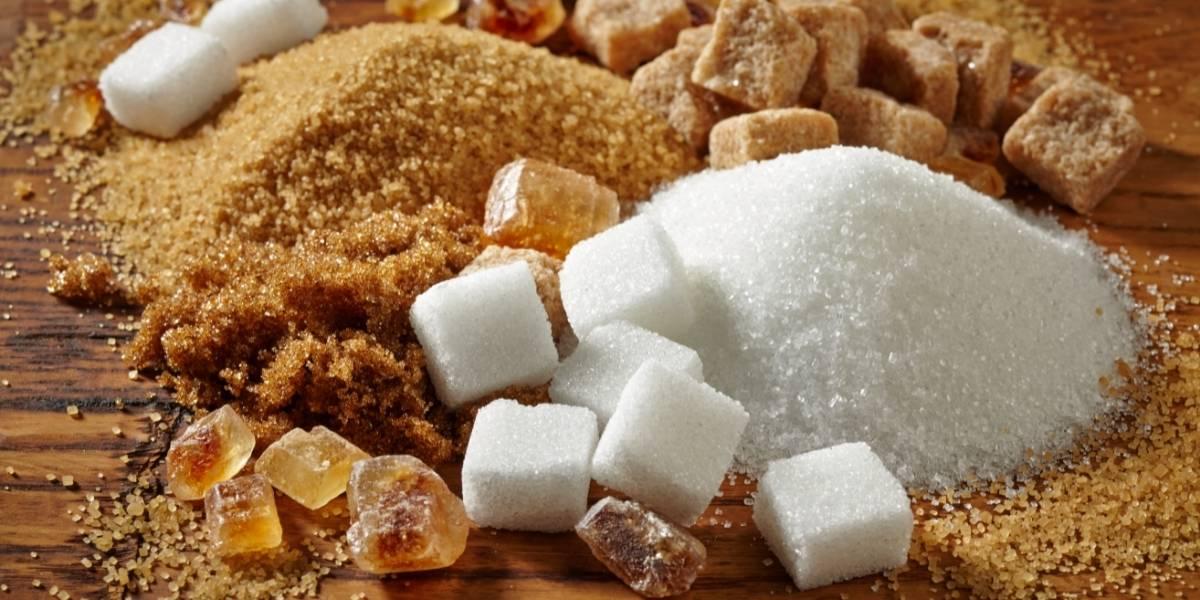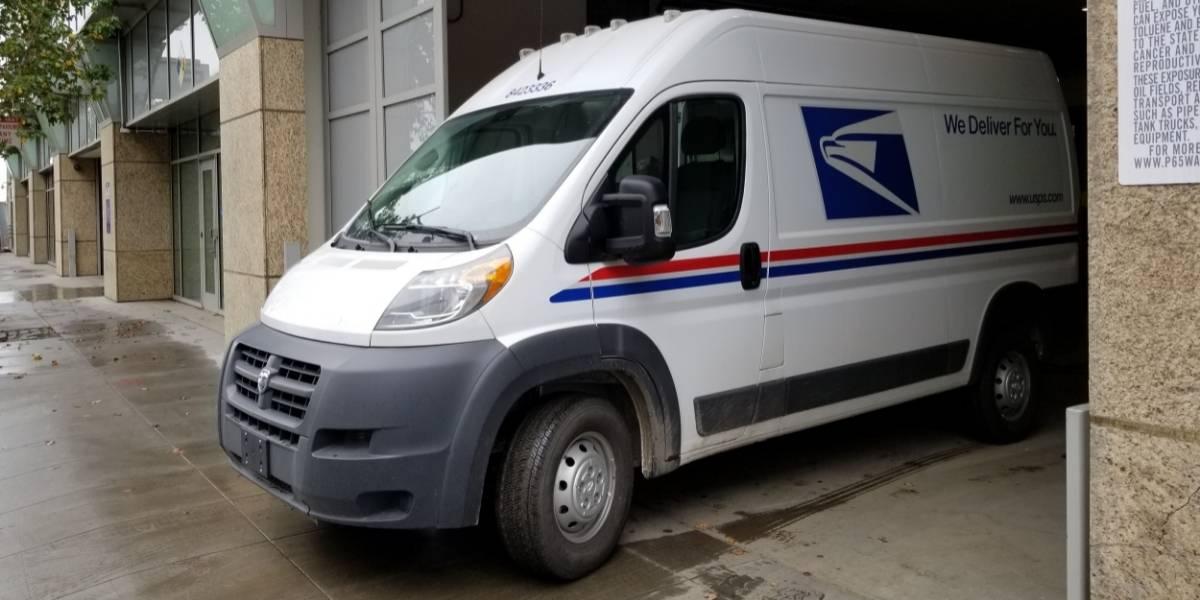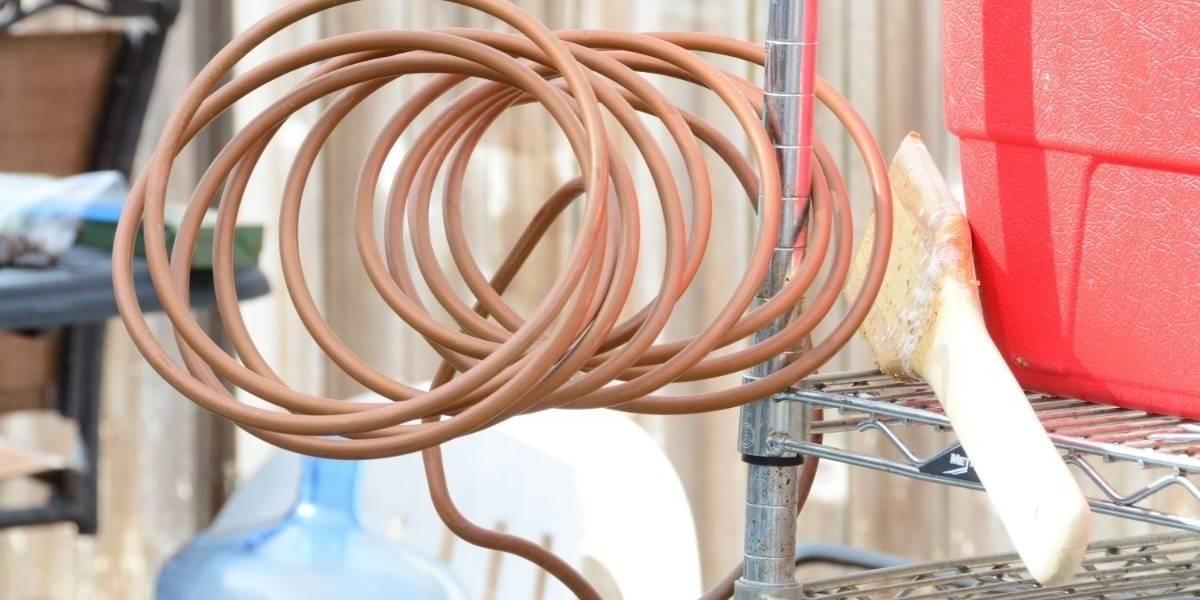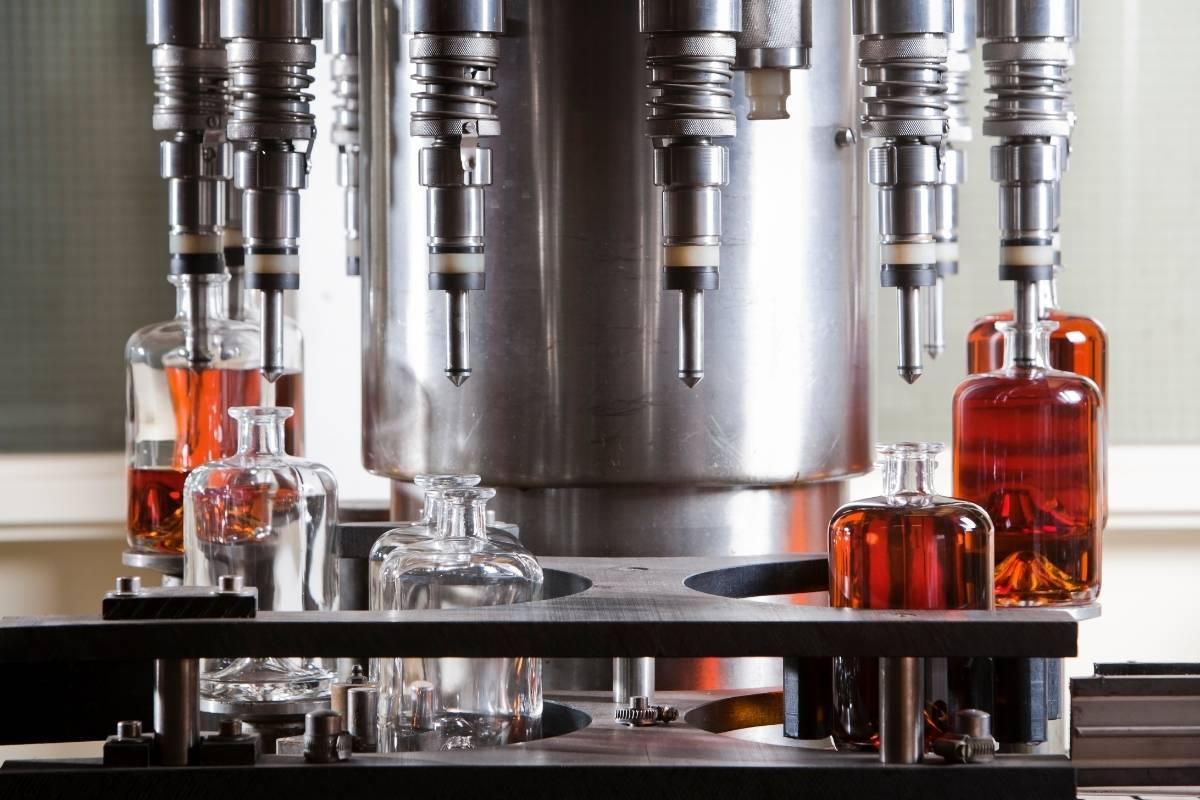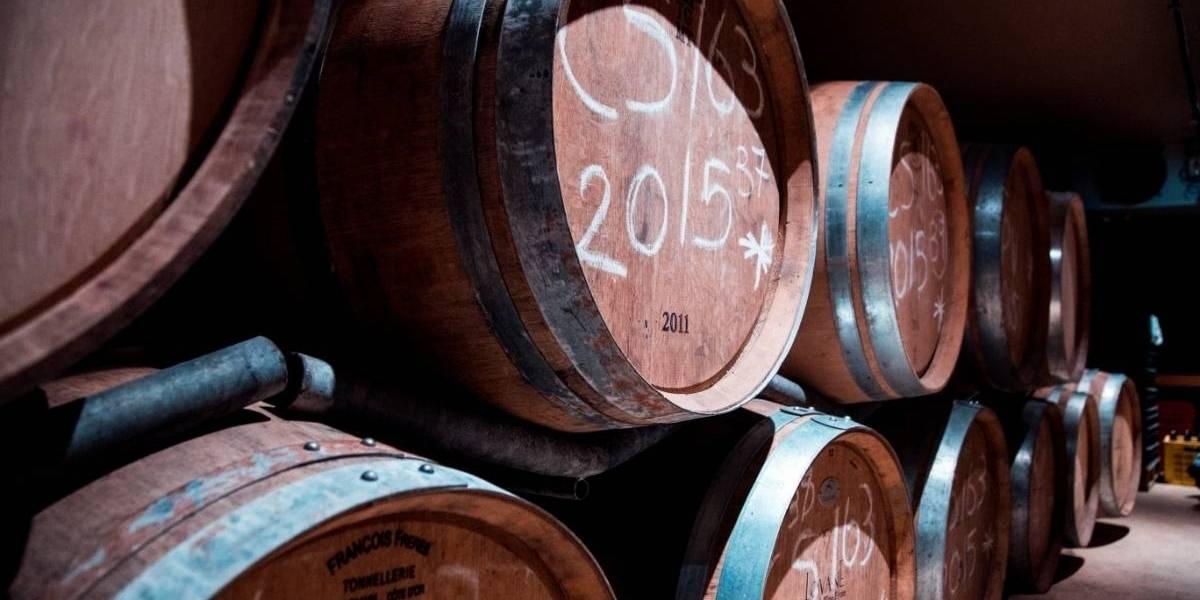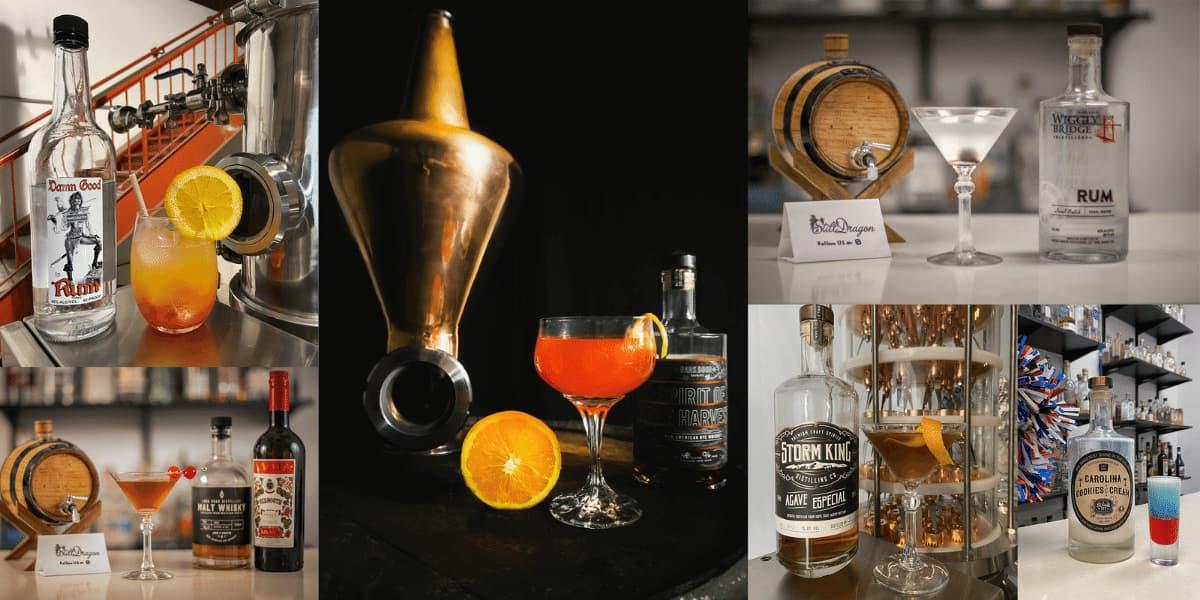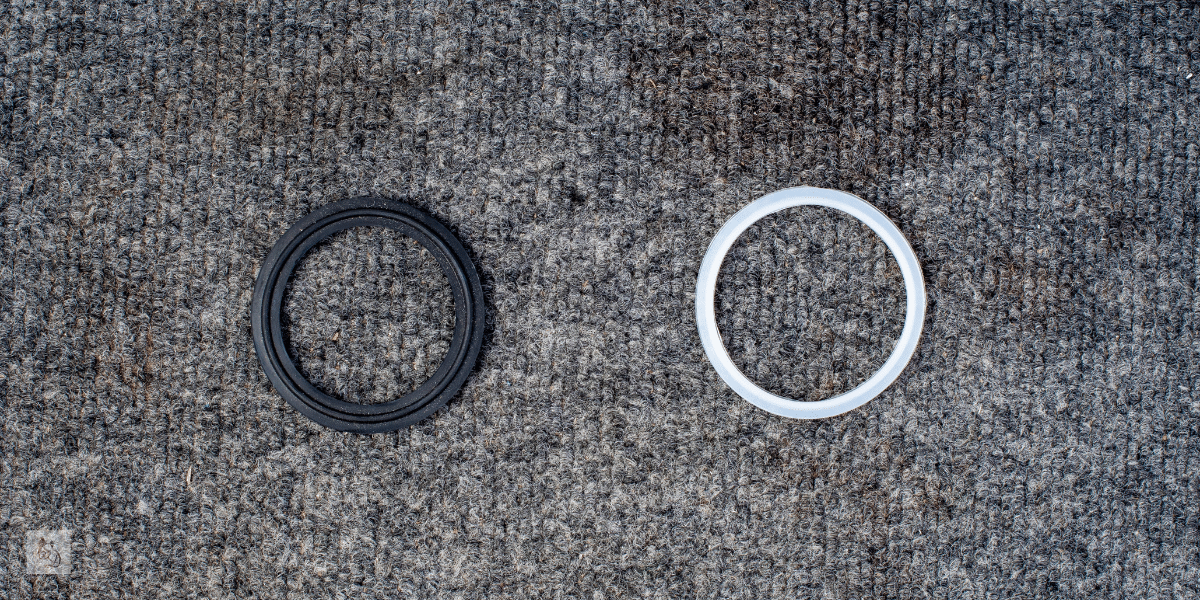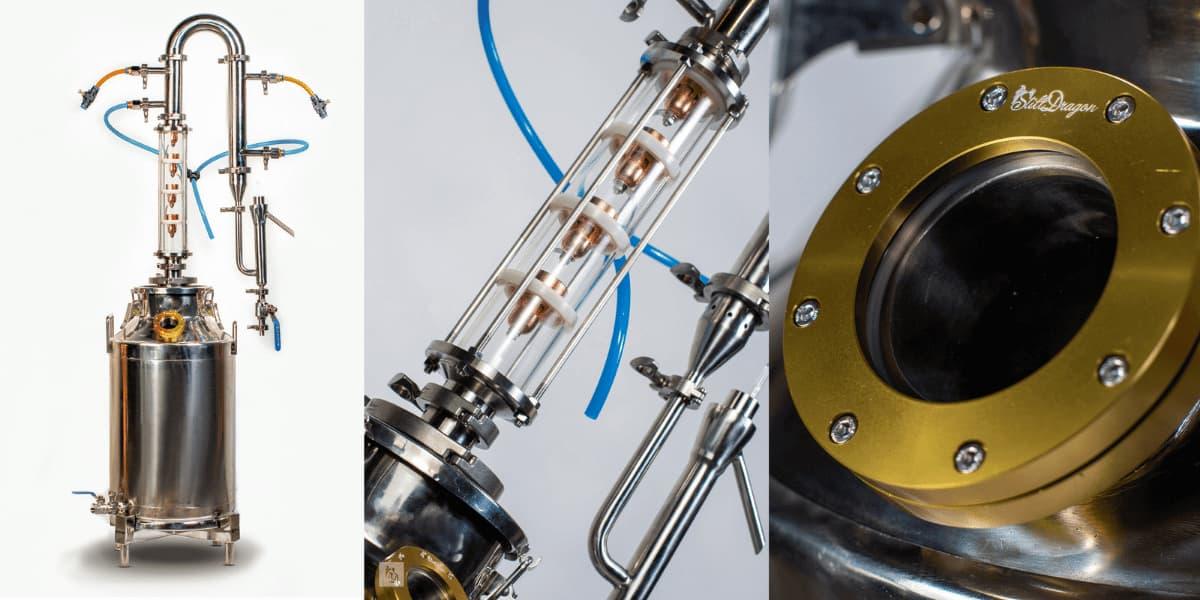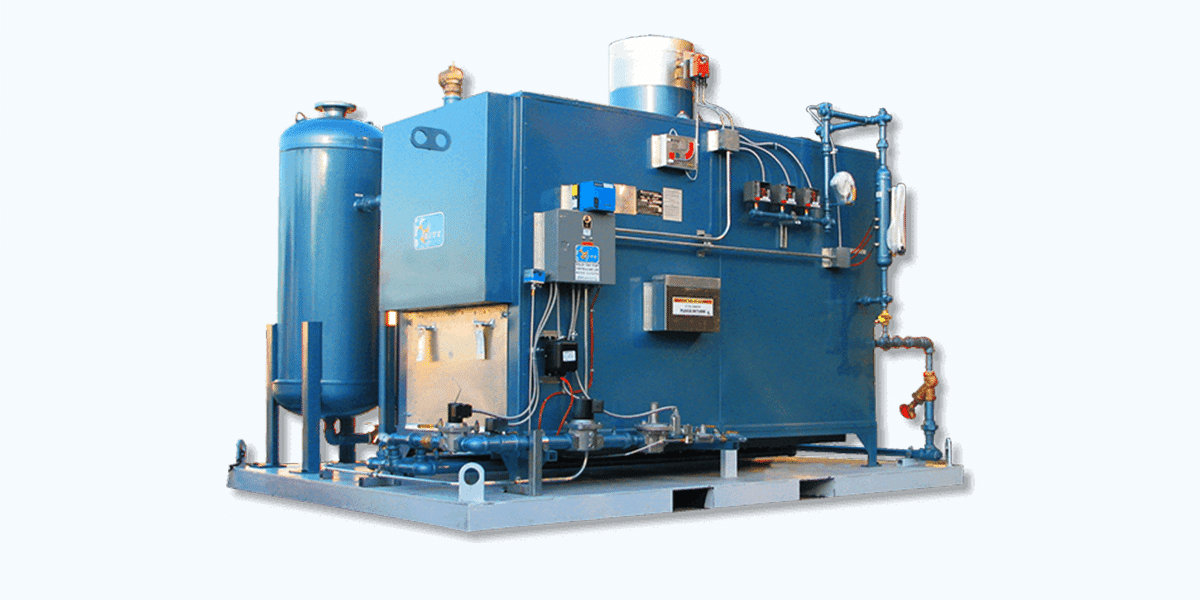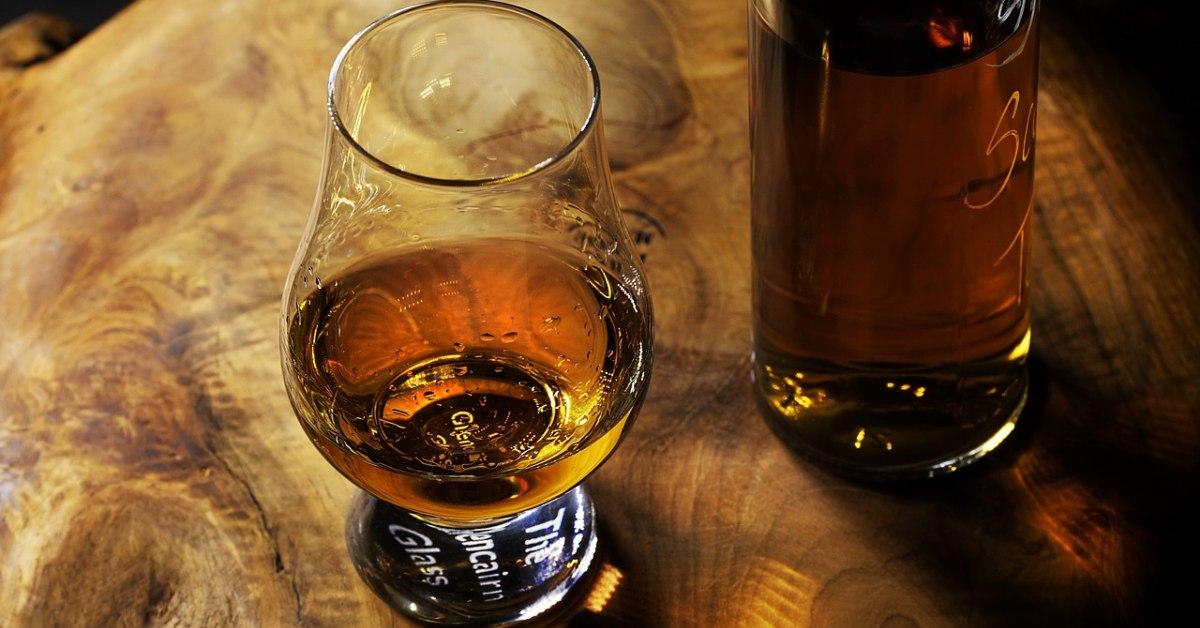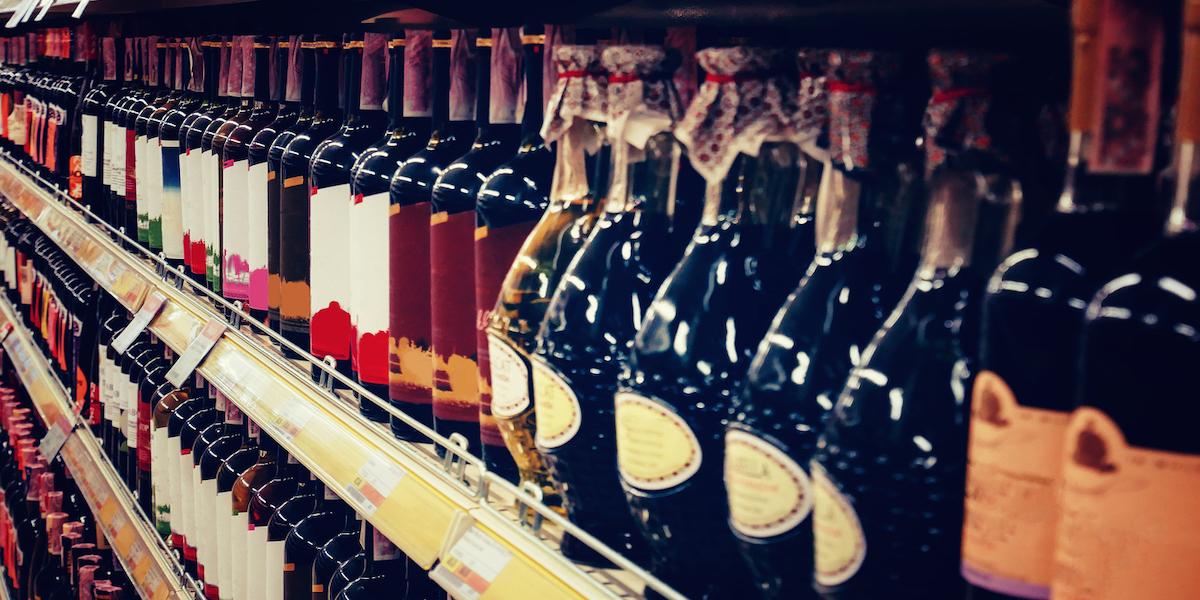Getting started in distilling is a lot of fun and we wholeheartedly encourage it where it is legally possible to do so. Please always check with a lawyer or your local law professional if you have any questions on what is and is not allowed in your area. Rum is a fantastic place to start since it has a long history and a deceptively simple recipe that can give you a lot of room to play with and put your own touches on. Before we get into the nuts and bolts of the recipe let’s dive into a little more about the spirit itself.
The Basics of Rum
Rum is an extremely diverse spirit with influences from all over the world. Whether you call it rum (English), Rhum (French), and Ron (Spanish), the melting pot of the Caribbean made this spirit what we know and love today. Because of the diverse influences, there are several wonderful takes on the spirit and how to make it. White rum is clear in color where golden rum retains its color from the aging process.
In this case, white doesn’t mean unaged, it describes the color of the liquid itself. Several commercially available white rums are aged then filtered to remove the color. There’s a high chance that this is a contributing factor to why your rum doesn’t taste the same as a commercial rum you’re trying to replicate at home. Spiced rum is infused with spices after distillation and is its own category. Agricole is a different designation using fresh cane juice instead of molasses. The flavor is very different and can have more grassy, vegetal notes than rums made from molasses, which tend to have more caramel notes in the flavor profile.
Another big difference is the quality of molasses and/or sugar you’re using. Molasses is the traditional sugar source for rum producers as a way to recycle. Molasses is a byproduct of the sugar refining process and as technology has improved there is less and less residual sugar left in the molasses compared to even a few years ago. In order to get the flavor profile, you’re looking for it may make sense to add in raw sugar or brown sugar to give the yeast more to eat and make your final spirit more palatable. There are several different grades of molasses and they are all refined to a different level and have different nutrient content. Blackstrap molasses is the least expensive but will need the most added sugar to be palatable. Store-bought molasses should have a much higher sugar content than blackstrap so it may not need any added sugar. Whatever molasses you choose make sure it is unsulphured or else the yeast will not be happy and unhappy yeast lead to unappealing flavors coming off the still.
Making Your Beginner Rum Recipe
Now that we’ve gotten through some back story and theory let’s get to the fun part! The first thing you want to do is make sure you have the proper equipment. Whether you’re using a pot still or a reflux column, the right tools make the job a lot easier. You’ll also need fermentation equipment and a large stockpot to heat the sugar source. Depending on your batch size a carboy or a food-grade bucket can both work. Make sure that your fermentation vessel is sealed with an airlock during the fermentation process.
To get your fermentation started you’ll need just a few ingredients on hand. Molasses and/or raw cane sugar in a total combined ratio of 1kg to 4 or 5 Liters of water depending on the quality of the molasses being used. 10 grams of your favorite type of yeast and a teaspoon of DAP (Diammonium Phosphate) or yeast nutrient to feed the yeast. Heat the water in the stockpot and add in your molasses and/or sugar to dissolve. Make sure that your water is hot but not boiling, around 120F or 49C should be fine. We don’t want it to be too hot because it needs to be around 80F or 26C to pitch the yeast and get your fermentation started.
The temperature will vary based on the kind of yeast you use so make sure you check the instructions. Once you’ve pitched the yeast you’ll want to aerate the mixture by dumping it back and forth between containers quite a few times over 5 minutes without dumping it on your floor. Once you’re done aerating, put the wash into the sealed container with the airlock to let it ferment. It should take about two weeks for fermentation to complete. Blackstrap molasses has unfermentable sugars and can still taste sweet even after fermentation is complete so tasting the wash isn’t as reliable a way to tell if fermentation is complete. Using your hydrometer is a much more consistent method and if it reads somewhere in the 10% range you should be good to go.
Now that your wash is ready to go you can use your preferred distillation method to distill your wash into rum. Pot stills are traditionally used but a reflux column is a wonderful piece of equipment to use, especially if you’re trying to make a lighter rum. After you’ve made your cuts be sure to let your rum rest for a long while, from a few days to a few months. Letting your spirits rest will help the flavors to mellow and if you can add spices at this point to make a spiced rum if you’d like. Let us know how this goes and comment below on what you think. If you have any questions about the process or the equipment give us a call, we’d be happy to help!
